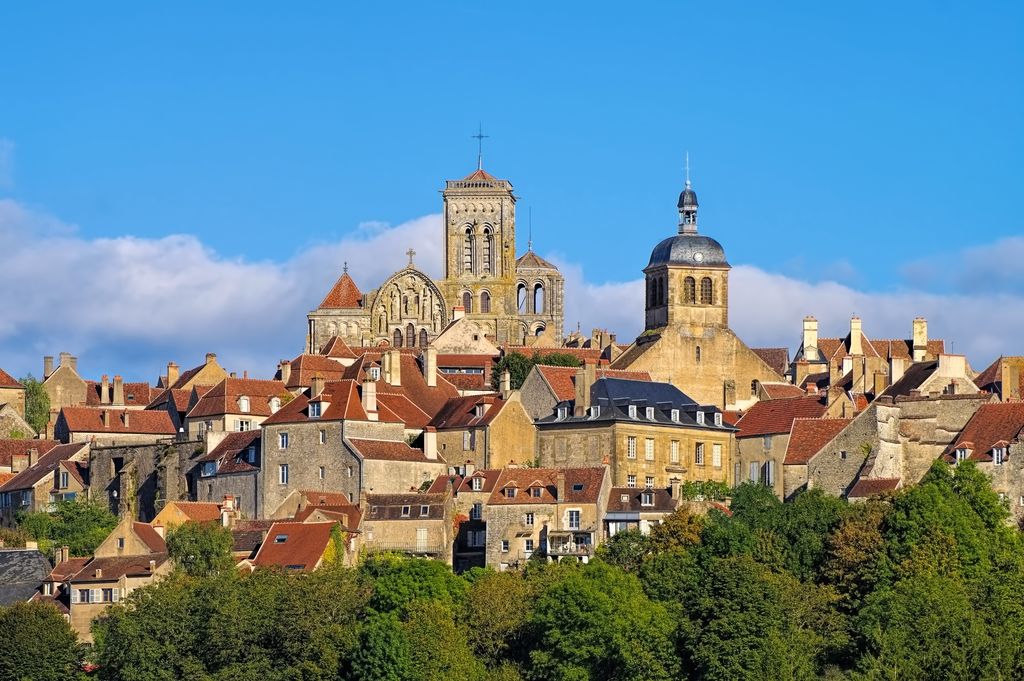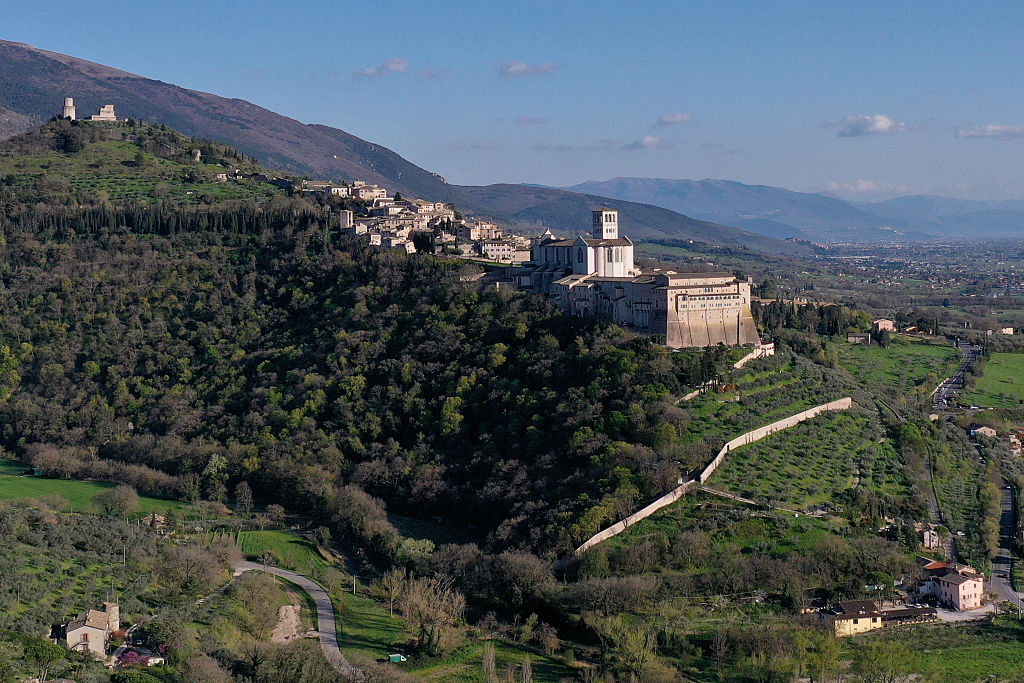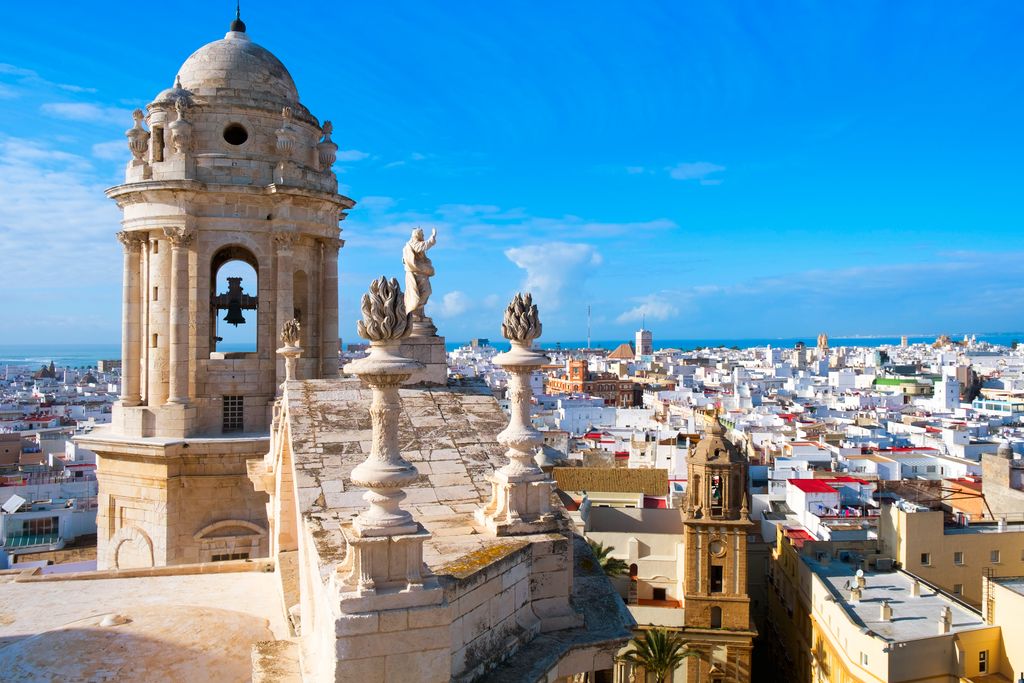Burgundy, lying to the south-east of Paris, stretches some 200 miles from Sens in the north to Maçon in the south and some 115 miles from Nevers in the west to Dijon in the east. It is primarily an agricultural province. Its gastronomy (boeuf bourguignon, coq au vin, escargots, jambon persillé, oeufs en meurette) is famous. The red wines of Burgundy, from the Côte d'Or between Beaune and Dijon, were historically drunk in England with as much enthusiasm as those of Bordeaux but, alas, because of smallish vineyards and excessive interest, their price has become astronomical.
These days one can very rarely afford to imbibe the magical names of Aloxe Corton, Clos de Vougeot, Gevrey Chambertin, Nuits St George, Pommard, Romanée-Conti, Volnay – the list goes on. To take but one example: a bottle of Château de Richebourg 2016 (Romanée-Conti; once drunk never forgotten), can be acquired through Justerini & Brooks at the sporting cost of £1,587.59. It is a relief to know that VAT is included.
Burgundy sprang from the Middle Kingdom of Lotharingia, lying as it did between France and Germany. The Capetian Dukes of Burgundy flourished from 1031 to 1361, when Philippe de Rouvres died of the plague. Three years later the Valois King Jean II of France made his younger son, Philippe Le Hardi, Duke of Burgundy in their place. He was succeeded in turn by his descendants Jean Sans Peur, Philippe Le Bon and Charles Le Téméraire – the last dying at the Battle of Nancy in 1477. Thereafter the duchy of Burgundy, with its capital at Dijon, was absorbed increasingly into the Kingdom of France.
At an earlier date, Burgundy was the religious centre of two attempts to reform the great Benedictine order. The Abbey of Cluny had been founded in 910; St Hugh the Great (1024-1109) became abbot in 1049. His reforms were designed to restore the traditional life of the Benedictine monasteries throughout Europe; a huge network of associated monasteries developed. Some 50 in England, centred on Lewes, became "daughters" of Cluny, which had itself some 400 to 500 monks. St Hugh built a huge Romanesque abbey church, but most of it was destroyed in 1798 in the aftermath of the French Revolution. Of the medieval buildings, only the vast Clocher de L'Eau Bénite survives.
In 1098, St Robert, Abbot of Molesmes, founded a new abbey at Cîteaux to observe a simplified Benedictine rule. The Cistercian constitution received papal approval in 1119. The Cistercians resettled at Cîteaux in the 19th century, although little physically of the Middle Ages survives. St Bernard founded a daughter house at Clairvaux in 1115. The abbey became a glassworks at the Revolution and then a prison, which it remained until 2023. Only one of the buildings today is medieval in origin.
The best physical impression of a 12th-century Cistercian abbey is provided by Fontenay, founded by St Bernard of Clairvaux in 1118. The church and monastic buildings (save the refectory, demolished in 1745) are intact and beautiful. It is, however, totally secularised; the lack of an extant culte makes it all seem somewhat soulless, and one longs for the monks to return.
The great period of Burgundian church building commenced in the late 10th century and lasted until the end of the 12th century; this article concentrates on that period. Alphabetically the great churches of Burgundy are the following:
Autun, south-west of Dijon, was founded by the Emperor Augustus as Augustodunum Aeduorum in the late 1st century BC. The Cathedral of St-Lazare was begun by Bishop Etienne de Bâgé in 1120 to house the relics of St Lazarus and was built in the Romanesque style, much of which survives. Its chief glory is its sculpture, mostly by one man, Gislebertus. We know he was responsible for the west doorway of the Last Judgement, with its inscription Gislebertus hoc fecit. He was also responsible for many capitals of the nave, the most famous being that of the Dream of the Magi. Talleyrand was Bishop of Autun from 1789 to 1791, and even paid one brief visit to the town.
La Charité-sur-Loire is situated on the old pilgrimage route of St James from Vézelay to Compostela. The Priory of Notre Dame was founded in 1059 as one of the eldest daughters of Cluny. The church was built in Romanesque style with a nave of ten bays and five aisles, and survives in a somewhat mutilated form; the exterior is dominated by its two towers. The church was saved in the 19th century by the writer Prosper Mérimée, who, inter alia, moved the tympanum of the Transfiguration to inside the south transept.
Paray-le-Monial is at the southern end of the duchy. The Church of the Sacred Heart was built in Romanesque style by St Hugh of Cluny around 1100. Of all the churches of Burgundy, with its radiating chapels, ambulatory and apse, it most closely mirrors vanished Cluny. Its present dedication, replacing that of Notre Dame, reflects the popularity of the cult of the Sacred Heart originating in the visions of St Marguerite-Marie Alacoque (1647-90), a nun in the Convent of the Visitation. It is a major French pilgrimage site, second only to Lourdes.
Pontigny was the second daughter of Cîteaux, founded in 1114, set in flat fields, in the Yonne. It was built in Transitional Gothic style. The abbey was suppressed at the Revolution. At various times it provided a refuge to no fewer than three Archbishops of Canterbury: St Thomas Becket, Stephen Langton and St Edmund Rich. The last was buried in the church after his death in 1240. Sens in the Yonne was the seat of a major archbishopric in the Middle Ages covering Chartres, Auxerre, Meaux, Paris, Orleans, Nevers and Troyes. Paris only became an archbishopric in 1627. The Cathedral of St Étienne was built from 1140 on the initiative of Archbishop Henri Sanglier; it was the first of the great Gothic cathedrals of France. Its architect William of Sens went on to remodel the east end of Canterbury Cathedral in 1175-84 in similar style.
Tournus lies on the banks of the Saône; St Valerian was martyred here in 179. In 875, monks from Noirmoutier fleeing the Vikings brought the bones of St Philibert to Tournus. The Abbey of St Philibert is one of the earliest as well as one of the greatest Romanesque buildings of Burgundy. Work started in the mid-10th century; the church and town are dominated by the former's tower with its pyramidical cap.
Vézelay is among the great churches of Burgundy. The hill town in the Yonne contains the greatest building in the duchy in the monastic Church of the Madeleine, which claimed from the early 11th century to hold the relics of St Mary Magdalene – in 1295 the papacy upheld the rival claim of St Maximin in Provence. Vézelay remained a pilgrimage centre, and St Bernard preached the Second Crusade here in 1146. The unexciting exterior disguises the wonderful interior, restored by Viollet-le-Duc after 1840; a Romanesque nave with red and white arches leads to a Gothic chancel.
Photo: The cloister at Fontenay (credit: MICHAEL BECKWITH, ALEX RAMSAY).
This article appears in the July/August 2025 edition of the Catholic Herald. To subscribe to our thought-provoking magazine and have independent, high-calibre and counter-cultural Catholic journalism delivered to your door anywhere in the world click HERE.







.jpg)
.jpg)

.jpg)
.jpg)




